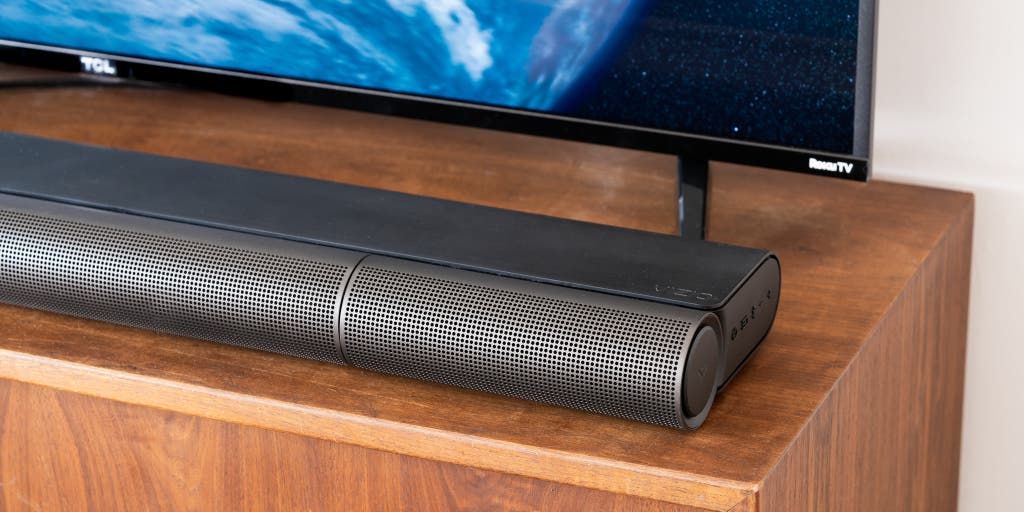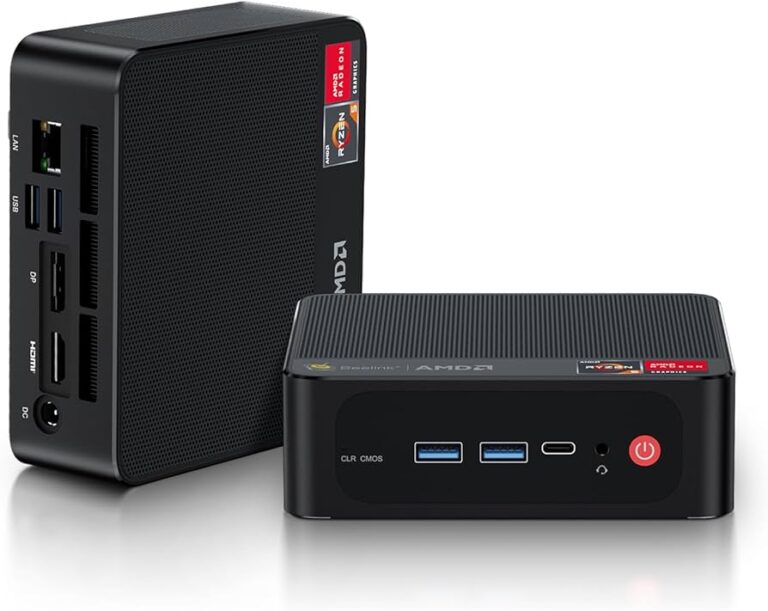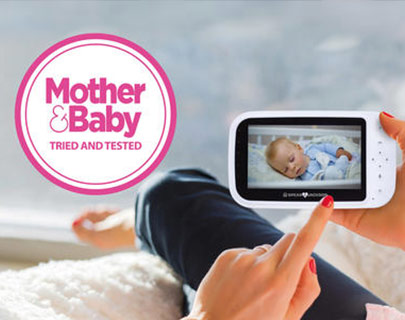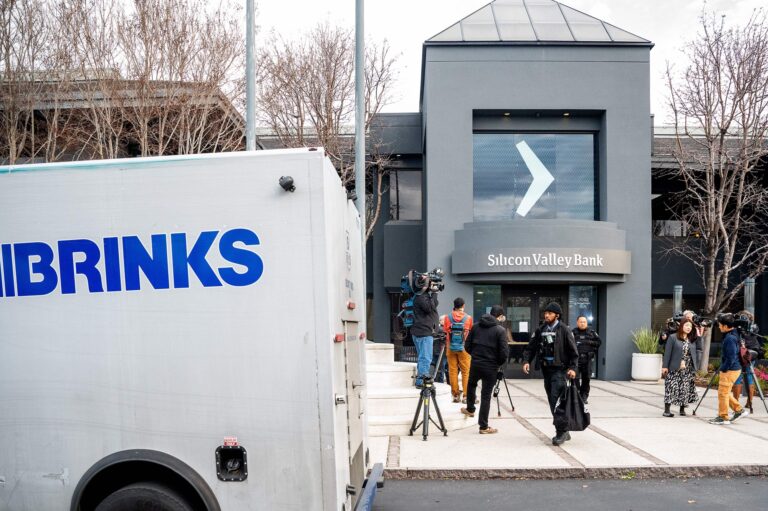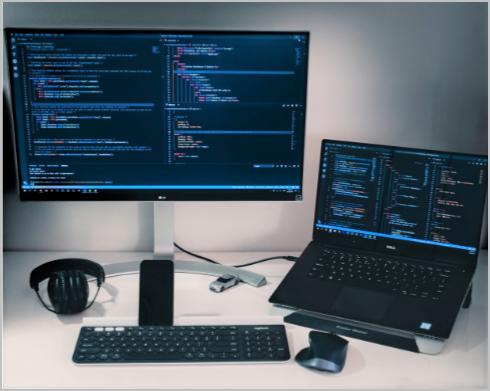HDMI from PC to Monitor Not Working: Troubleshooting Tips
If your HDMI from PC to monitor is not working, it may be due to a faulty cable. Try unplugging the cable and switching to another one to see if that solves the issue.
Additionally, check for any damage to the cable and replace it if necessary.
Recognize The ‘no Signal’ Indicators
Having trouble with your HDMI connection from your PC to your monitor? Try replacing the HDMI cable or checking for any damage to the current cable. A faulty cable could be the reason behind the ‘No Signal’ indicator on your monitor.
Symptoms Of A Failing Hdmi Connection
If you are experiencing HDMI issues between your PC and monitor, it’s essential to recognize the common indicators of a failing HDMI connection. Here are some symptoms that may help you identify the problem:- Intermittent or no signal: One of the most common symptoms of a faulty HDMI connection is an intermittent or no signal. You might notice your monitor displaying a “no signal” message, or the screen may simply go black.
- Flashing or flickering screen: Another sign of a failing HDMI connection is a flashing or flickering screen. This can be very frustrating and make it difficult to use your PC properly.
- Poor image quality: A faulty HDMI connection can result in poor image quality. You may observe fuzzy or distorted images, color inconsistencies, or a lack of sharpness on your monitor.
- Audio issues: HDMI carries both video and audio signals, so a failing HDMI connection can also affect your audio output. You might experience crackling or distorted sound, or no sound at all.
- Unresponsive or frozen display: In some cases, a failing HDMI connection can lead to an unresponsive or frozen display. You may find that your screen freezes or becomes unresponsive when attempting to use your PC.
Common Error Messages Encountered
When dealing with an HDMI connection issue, you may come across various error messages indicating the problem. These error messages can provide valuable clues for troubleshooting. Here are some common error messages you might encounter:- “No signal”: This error message usually appears when there is no input signal coming from your PC to the monitor. It suggests that there might be a problem with the HDMI connection.
- “HDMI not detected” or “HDMI input not found”: These error messages indicate that your monitor is not detecting any HDMI input from your PC. It could be due to a faulty cable, improper connection, or other underlying issues.
- “No audio output” or “Audio device not found”: These error messages relate to audio issues and suggest that your PC is not recognizing the HDMI audio output. It could be a result of a faulty HDMI connection or incorrect audio settings.
- “Unsupported resolution” or “Mode not supported”: If your monitor displays these error messages, it means that the display resolution or refresh rate of your PC is not compatible with the monitor. Adjusting the display settings may resolve this issue.
- “Display driver stopped responding” or “Graphics card driver error”: These error messages are more specific to the graphics driver on your PC. They suggest that there might be an issue with the driver or its compatibility with the monitor’s HDMI connection.

Credit: www.pcmag.com
Troubleshooting Hdmi Non-detection
If you’re experiencing HDMI non-detection when connecting your PC to a monitor, it could be due to a faulty cable. Try replacing the cable with a new one to see if that resolves the issue.
Simple Checks For Immediate Solutions
If you are experiencing issues with HDMI connectivity between your PC and monitor, there are a few simple checks you can perform to troubleshoot the problem. These checks might provide an immediate solution to get your HDMI connection up and running.
- Start by unplugging the HDMI cable from both your PC and the monitor. Ensure that the connections are secure and then plug the cable back in. Sometimes, a loose cable connection can cause the HDMI signal to not be detected properly.
- If the issue persists, try using a different HDMI cable. The cable you are currently using might be faulty or damaged. Switching to another cable can help determine if the problem lies with the cable itself.
Ensuring Correct Input Source Selection
One of the common reasons for HDMI non-detection is selecting the wrong input source on your monitor. Here’s what you can do to ensure the correct input source selection:
- Check the input options available on your monitor and make sure you have selected the HDMI input source. Most monitors have multiple input options such as HDMI, VGA, or DisplayPort. Selecting the incorrect input source can result in no signal being detected.
- Verify that the HDMI input on your monitor is enabled. Some monitors have the option to disable specific input sources. Check the monitor’s settings menu and make sure the HDMI input is enabled.
If you have performed these checks and are still experiencing issues with HDMI non-detection, further troubleshooting might be required. However, these simple solutions can often resolve common HDMI connectivity problems. Make sure to follow the steps carefully and double-check all connections and settings before moving on to more advanced troubleshooting methods.
Cable And Port Inspection
If you’re experiencing issues with your HDMI connection from your PC to your monitor, a faulty cable or port could be the culprit. In this section, we will discuss how to inspect both the cable and the port to identify and resolve any potential issues.
Examine Cable Integrity
The first step is to physically inspect the HDMI cable for any signs of damage. Carefully examine the cable from end to end, looking for any visible breaks, fraying, or loose connections. If you notice any of these issues, it’s likely that the cable is causing the problem and needs to be replaced.
Here are some key things to look out for when examining the cable:
- Broken or frayed wires
- Damaged connectors or pins
- Loose or bent connector housing
Remember, even a minor issue with the cable can disrupt the HDMI signal and lead to connectivity problems.
Testing Alternate Hdmi Cables
If the cable appears to be in good condition, the next step is to test an alternate HDMI cable. Sometimes, even though a cable looks fine, it may not be functioning properly.
- Unplug the current HDMI cable from both your PC and your monitor.
- Replace it with a different HDMI cable.
Ensure that the new cable is securely connected to both the PC and the monitor. If the issue is resolved and you’re able to establish a connection using the alternate cable, then it’s clear that the original cable was the problem.
Port Functionality Tests
In some cases, the issue may be with the HDMI port on either your PC or your monitor. To determine if this is the case, you can perform some basic port functionality tests.
- Disconnect the HDMI cable from both ends.
- Inspect the HDMI ports on both your PC and your monitor for any damage or debris. Use a can of compressed air to blow out any dust or dirt that may be obstructing the connection.
- Reconnect the HDMI cable, ensuring a secure connection on both ends.
- If possible, try using a different HDMI port on your PC or your monitor to see if that resolves the issue.
By following these steps, you’ll be able to identify whether the problem lies with the HDMI port and take appropriate action, such as contacting technical support or seeking professional assistance.
Remember, a thorough cable and port inspection is essential when troubleshooting HDMI connectivity issues. By carefully examining the cable for any damage and testing alternate cables and ports, you can effectively diagnose and resolve the problem.
Advanced Hdmi Connection Fixes
Having trouble with your HDMI connection from your PC to your monitor? It might be due to a faulty cable. Try switching to a different cable to see if that resolves the issue.
Updating Graphics Drivers
If you’re experiencing issues with HDMI connection from your PC to your monitor, one of the first troubleshooting steps you should try is updating your graphics drivers. Outdated or incompatible graphics drivers can often cause problems with HDMI display.
- Go to the manufacturer’s website of your graphics card.
- Search for the latest drivers available for your specific graphics card model.
- Download and install the drivers according to the instructions provided.
- Restart your computer to apply the changes.
Resolving Potential Software Conflicts
Software conflicts can also lead to HDMI connection issues between your PC and monitor. Follow these steps to resolve potential software conflicts:
- Close any unnecessary programs running in the background that may interfere with the HDMI connection.
- Disable or temporarily uninstall any recently installed software that may be causing conflicts.
- Update all relevant software, including drivers, operating system, and any software related to display settings.
- Perform a clean boot of your computer to determine if any third-party software is causing the HDMI problem.
Adjusting Display Settings
Incorrect display settings can also result in HDMI connection issues. To adjust your display settings:
- Right-click on your desktop and select “Display settings” or “Screen resolution”.
- Check if your monitor is recognized and set as the primary display.
- Ensure that the resolution and refresh rate settings are compatible with your monitor.
- Try adjusting the resolution and refresh rate to see if it resolves the HDMI problem.
Updating graphics drivers, resolving potential software conflicts, and adjusting display settings are a few advanced HDMI connection fixes that can help troubleshoot and resolve issues between your PC and monitor. These steps should be able to resolve most HDMI problems, ensuring a smooth and uninterrupted viewing experience.
Hdmi From Pc To Monitor Not Working: Hands-on Fixes
Having trouble with HDMI from your PC to your monitor? Before panicking, try checking the cable connection and swapping it out for a new one if necessary. This simple fix might just solve your problem.
Methodical Approach For Elusive Issues
If you’re facing the frustrating issue of HDMI from PC to monitor not working, don’t panic! We’ve got you covered with some hands-on fixes to get you back on track. The first step to troubleshooting this problem is to take a methodical approach. Let’s break it down:
- Check the HDMI cable: Start by unplugging the cable you’re currently using and try switching to another one. A faulty cable could be the culprit, so visually inspect it for any signs of damage like fraying or breakage. If you find any, it’s time to replace it with a new one.
- Inspect the connections: Ensure that the HDMI cable is securely plugged into both your PC and monitor. Sometimes, loose connections can cause the “no signal” issue. Take a moment to disconnect and reconnect the cable, making sure it’s snug in place on both ends.
- Verify power and input settings: Double-check that your PC and monitor are powered on. Additionally, make sure your monitor is set to the correct HDMI input. It’s easy for these settings to get accidentally changed, so it’s worth confirming that everything is as it should be.
Hardware Resets And Bios Considerations
If the methodical approach above didn’t resolve the issue, don’t worry, there are a few more tricks up our sleeve. Give these hardware resets and BIOS considerations a try:
- Reboot your devices: Sometimes a simple restart can do wonders. Turn off your PC and monitor, unplug them from the power source, and wait for a minute or two before plugging them back in. Power them on once again and check if the HDMI connection is now working.
- Update your graphics drivers: Outdated or incompatible graphics drivers can lead to HDMI connection problems. Visit your PC manufacturer’s website or the graphics card manufacturer’s website to download and install the latest drivers for your system.
- Reset BIOS settings: Access your PC’s BIOS menu by pressing the appropriate key during startup (usually Del, F2, or F10). Once inside the BIOS, navigate to the “Reset Defaults” or “Load Optimal Defaults” option and select it. Save your changes and exit the BIOS. This can help eliminate any incompatible settings that may be affecting the HDMI connection.
When To Seek Professional Help
If you’ve exhausted all the hands-on fixes mentioned above and are still experiencing issues with your HDMI connection, it may be time to seek professional help. There could be underlying hardware problems or technical complexities that require specialized expertise. Don’t hesitate to reach out to a trusted computer technician or the manufacturer’s support team for assistance. Remember, it’s better to seek help from professionals rather than risking further damage to your system.
By following these hands-on fixes and taking a methodical approach, you’ll increase your chances of resolving the HDMI from PC to monitor not working issue. Remember to stay patient and persistent, and hopefully, your HDMI connection will be back up and running in no time!
Frequently Asked Questions For Hdmi From Pc To Monitor Not Working
Why Won’t My Monitor Connect To My Pc Hdmi?
If your monitor isn’t connecting to your PC via HDMI, it may be due to a faulty cable. Try using a different cable to see if that solves the issue. If the cable is damaged, replace it. Also, check for any connection issues between your computer and monitor, such as a malfunctioning USB port.
Why Is My Monitor Not Getting Hdmi Signal From Device?
If your monitor is not getting an HDMI signal from your device, try these steps: 1. Check the HDMI cable: Make sure it is not damaged or frayed. Try switching to a different cable. 2. Check the connection: Ensure that the cable is securely plugged into both the device and the monitor.
3. Try a different port: If you are using a laptop or PC, try connecting the HDMI cable to a different port. 4. Restart the devices: Sometimes, a simple restart can resolve the issue. 5. Use a certified cable: Using a non-certified HDMI cable may cause connection problems.
Remember, if the issue persists, it’s recommended to seek technical support for further assistance.
Why Is My Screen Not Showing On Hdmi?
If your screen is not showing on HDMI, it may be due to a faulty cable. Try switching to another cable to see if that solves the problem. If the cable is damaged, you’ll need to replace it. Additionally, ensure that your PC is turned on and not in Sleep mode, and use a certified HDMI cable for optimal connection.
Why Is My Computer Not Giving Signal To My Monitor?
Your computer may not be giving a signal to your monitor due to a faulty HDMI cable. Try using a different cable to see if that resolves the issue. If the cable is damaged, you will need to replace it.
Additionally, check the connection between your computer and monitor to ensure it is secure.
Conclusion
If you’re facing the issue of HDMI from PC to monitor not working, it might be due to a faulty cable. Try switching to another cable and check for any damages like frayed wires. If the problem persists, it could be due to a malfunctioning USB port or other connectivity issues.
Make sure your PC is turned on and not in sleep mode, and also try reconnecting the HDMI cable. Using a certified HDMI cable is recommended to avoid connection problems.
